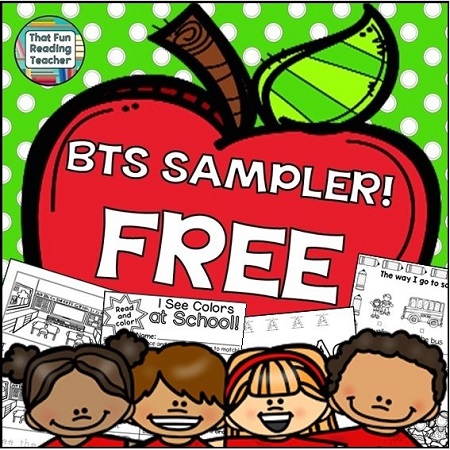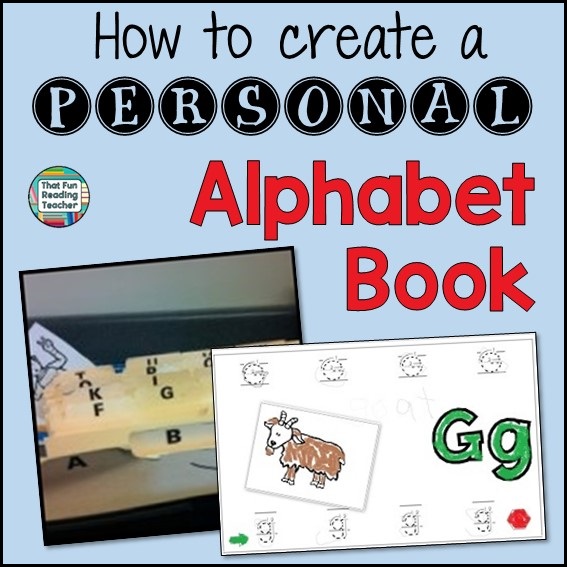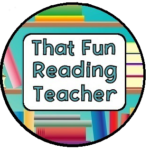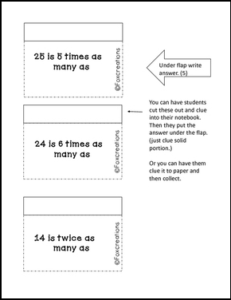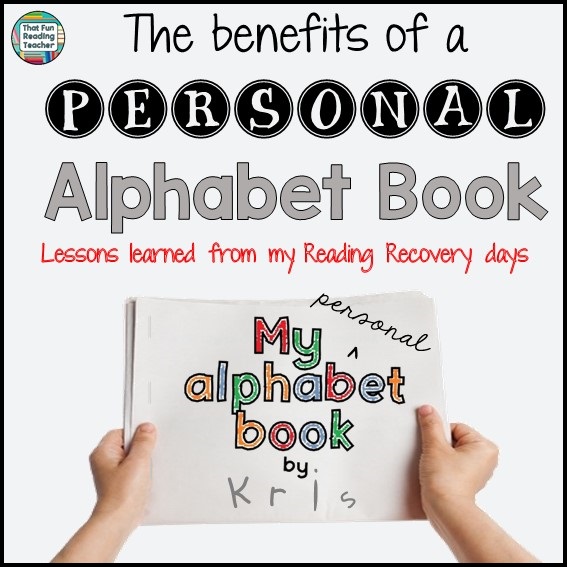
Why go to the trouble of creating a personal Alphabet Book for your students, instead of having everyone in the class work through each letter together? It sounds like a lot to manage, but creating links to a child’s life early in literacy learning is worth the confidence and gains they make later.
When I taught Reading Recovery to grade one students early in the school year, creating a personal alphabet book was one of the first things we did together when we started lessons. It wasn’t until seven years in to my teaching career that I understood the benefits of a personal alphabet book, and I have Dr. Marie Clay and my Reading Recovery teacher leaders to thank for that.
In Literacy Lessons Part Two, Dr. Clay explains:
The alphabet book is merely a record of what is known with spaces for what is ‘yet to be learned’ That gives the child a sense of the size of the task and a feeling of control over his own progress. It also provides a location to return to when a troublesome letter, still being confused, turns up. (p37)
She explains that children do not generally learn to identify letters by name or sound in alphabetical order and that identifying a letter by name or sound is equally useful for a child early on, as it is most effective to teach both name and sound together.
When children have one word for each letter that he or she knows for sure makes that letter sound, they use it as an anchor, a concrete example to hold all other words against for comparison.
When they have their own sound alphabet that they have created from the words most meaningful to them, the words that pop into their minds with the initial letter sounds and that association gives them confidence that they know that particular sound. It gives them the confidence to ‘spit’ that sound out when they see an unknown word on a page when they are reading, or put down that first letter when attempting to write a word they have never attempted before.
The personal alphabet book is the ultimate, at-a-glance reference guide. It is meaningful to each child, because that child constructed it from people and things that are meaningful to them already. The connections are already in place.
The key to the effectiveness of a personalized alphabet book is in its construction. It must be done slowly but with enthusiasm, following the child’s lead, reviewed often and used as reference.
Years ago, we spent hours cutting up old coloring books and worksheets to use as images for our students’ alphabet books. This led to the creation of a kit as a time-saver! Try it free in the BTS Sampler, linked below!
Ready to create a personal alphabet book? Here’s how.
Related:
Best wishes for Back to School, everyone!
I.M. That Fun Reading Teacher!
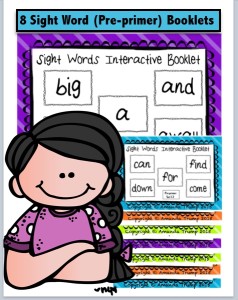 These 8 interactive sight word booklet teaches all the preprimer words. Each booklet teaches 5 words. Assemble the booklet by running the copies front and back and cutting in half and then stapling. There are 14 interactive tasks in each booklet:
These 8 interactive sight word booklet teaches all the preprimer words. Each booklet teaches 5 words. Assemble the booklet by running the copies front and back and cutting in half and then stapling. There are 14 interactive tasks in each booklet:


